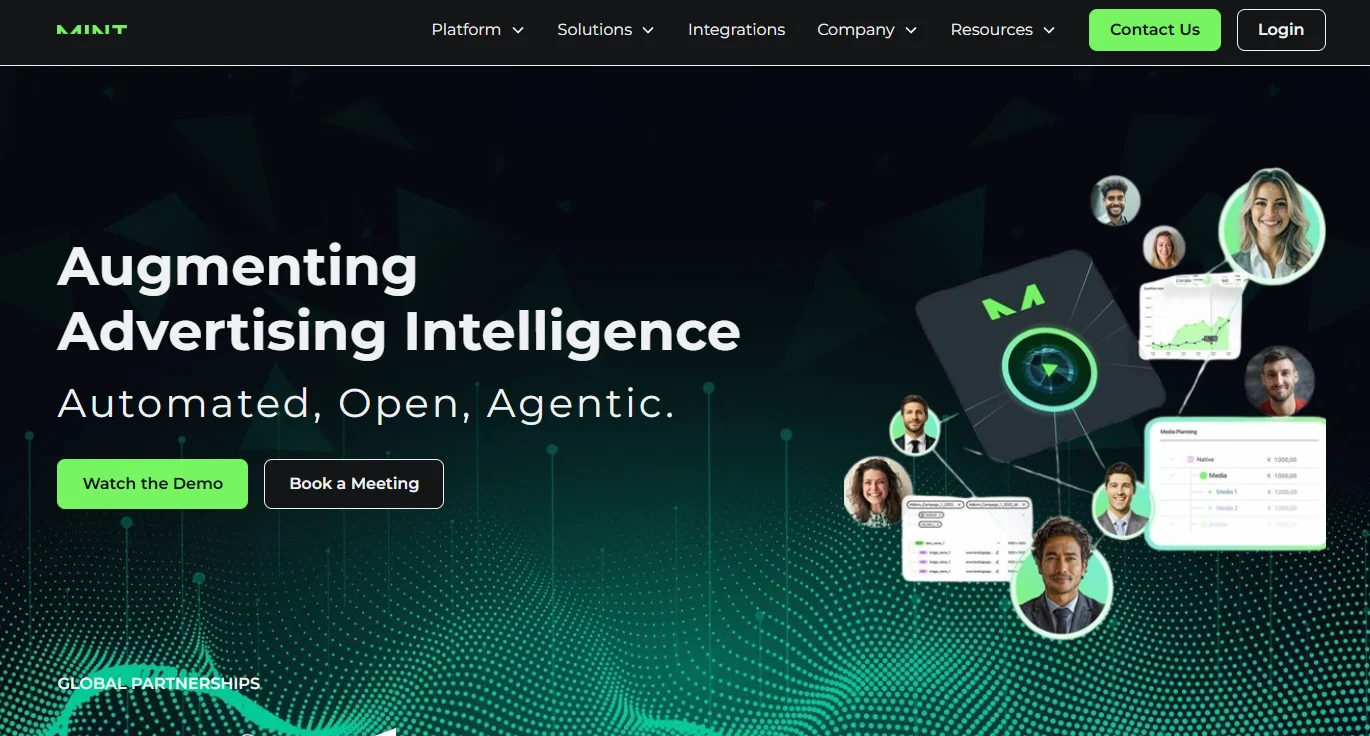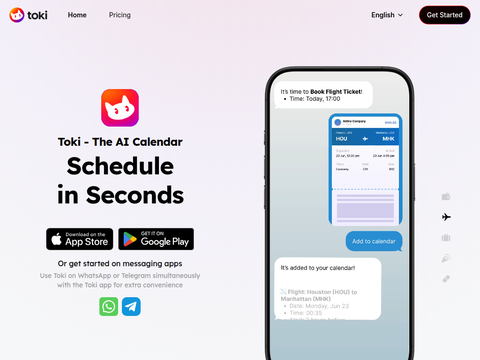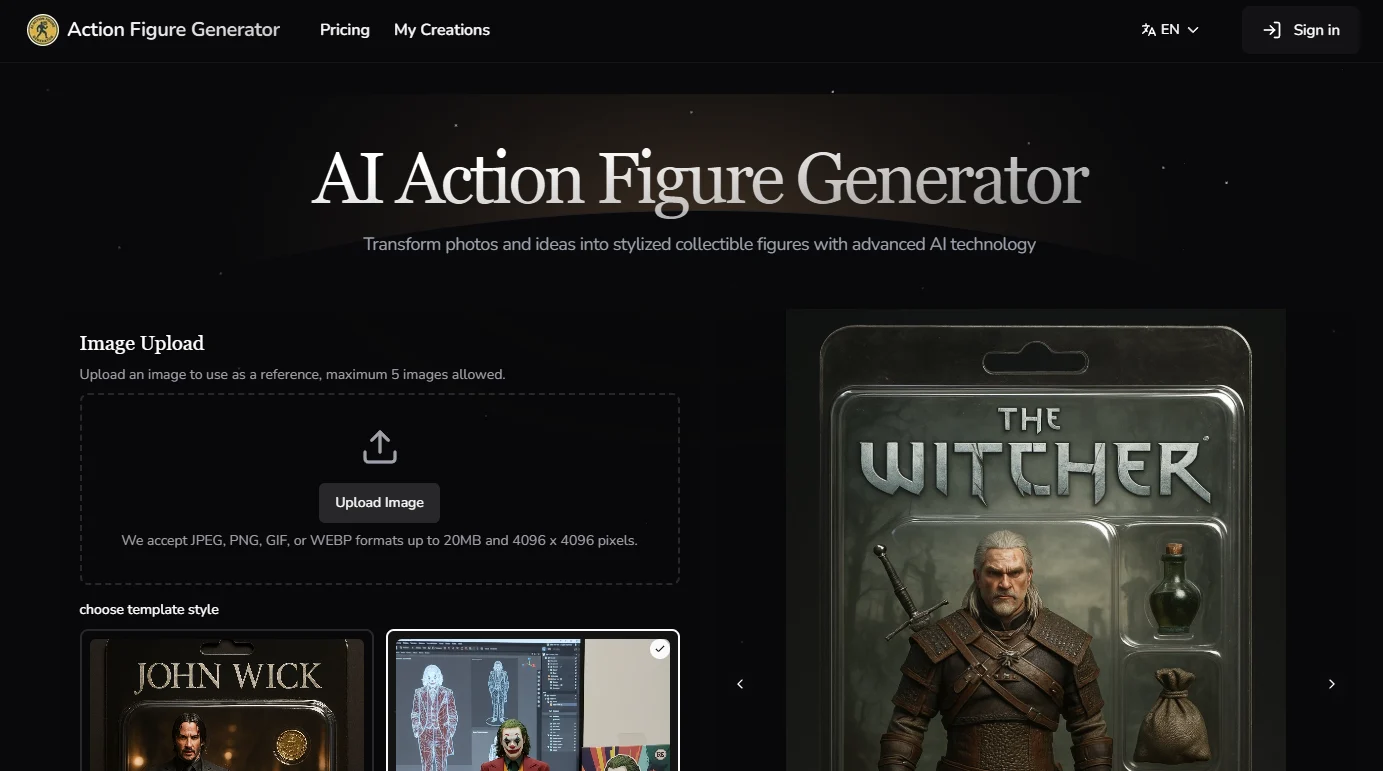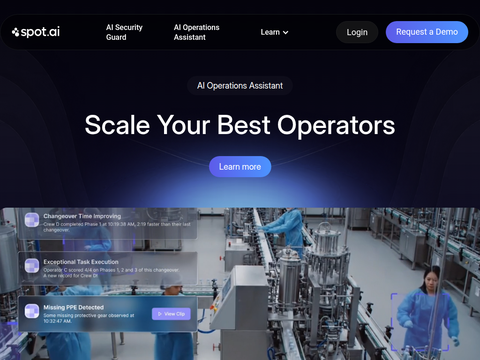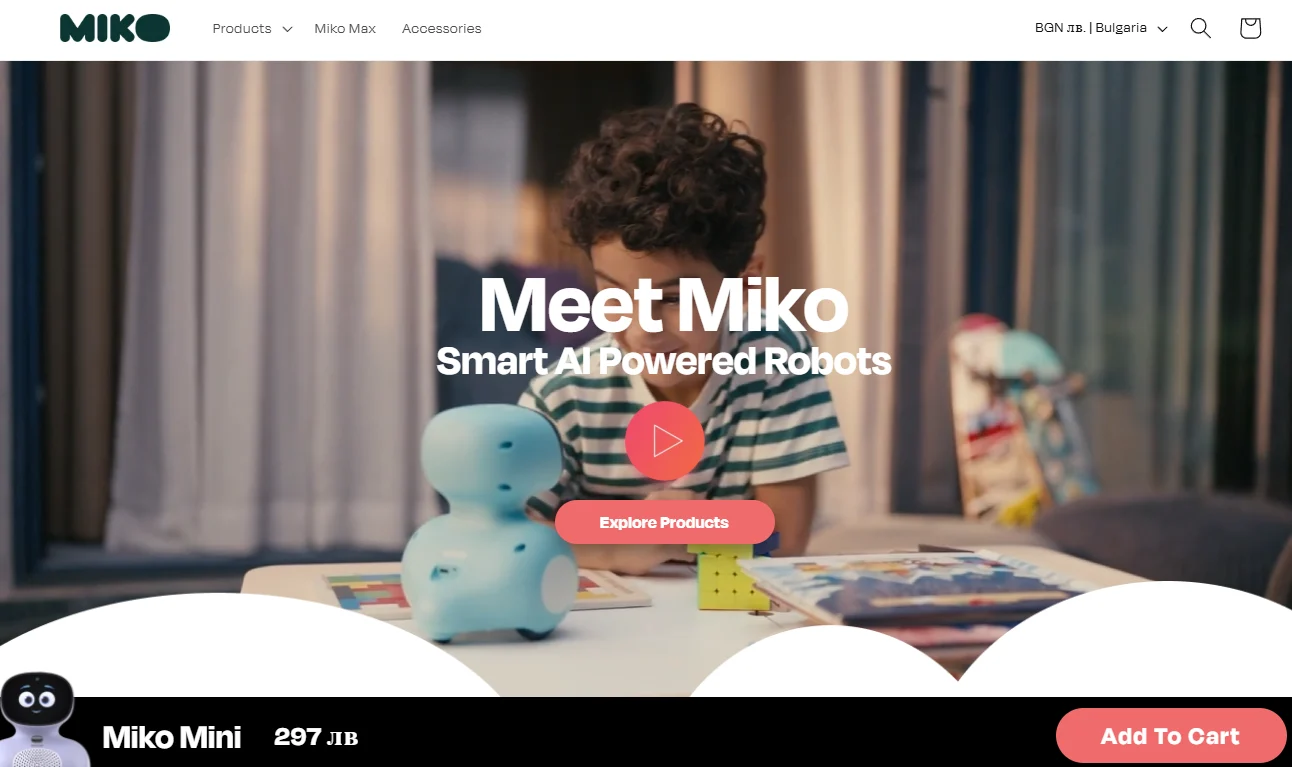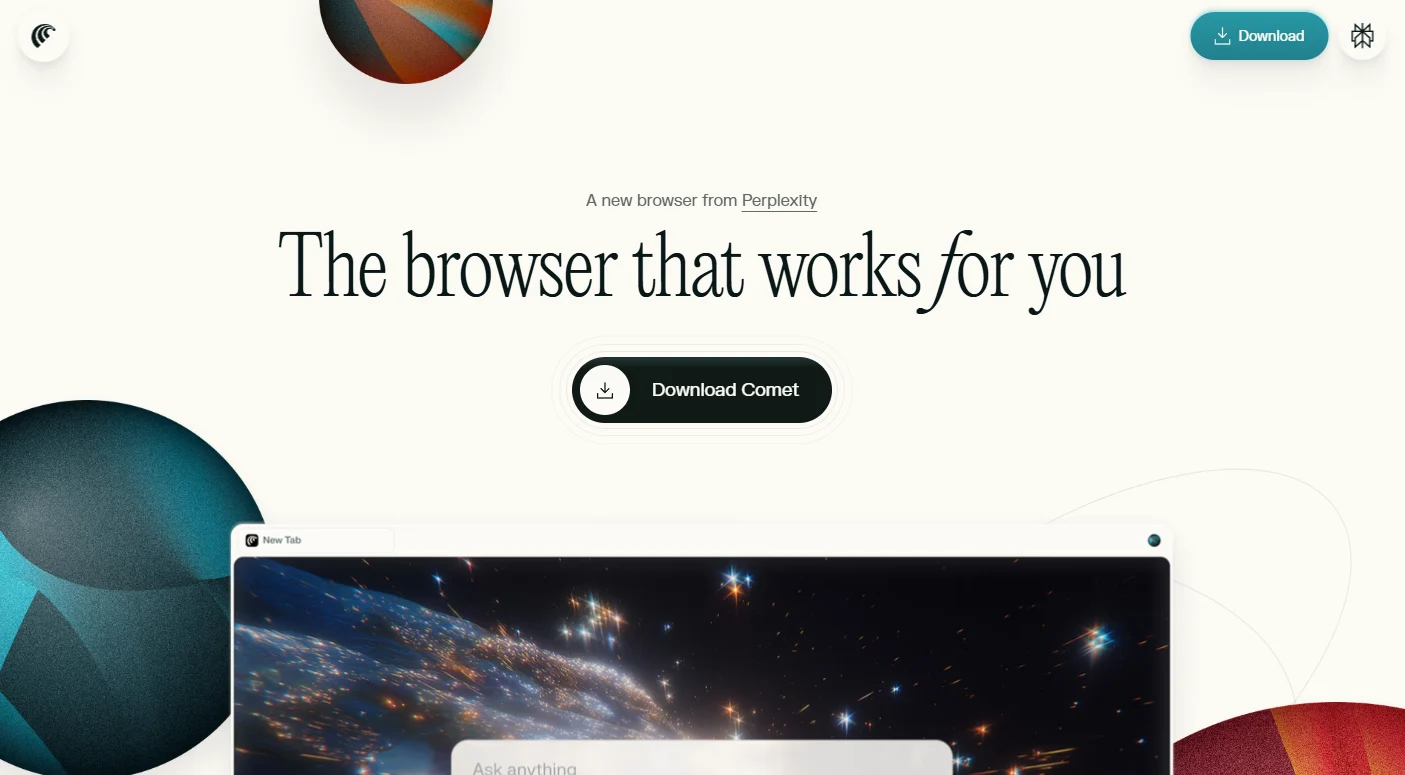In the era of digital information explosion, efficiently and accurately retrieving documents that contain both visual content and text has long been a challenge in the tech field. Recently, Voyage AI announced the launch of its latest development—the voyage-multimodal-3 model. This innovative technology is expected to revolutionize the multimodal embedding landscape, providing unprecedented support for tasks such as semantic search and Retrieval-Augmented Generation (RAG).
For years, researchers and developers have been exploring ways to effectively extract information from documents containing images and text. However, existing models often struggle with handling such rich media formats, requiring complex document parsing techniques and relying on suboptimal multimodal models that fail to truly integrate textual and visual features. This predicament has significantly hindered the advancement of technologies like Retrieval-Augmented Generation and semantic search.
To overcome this bottleneck, Voyage AI introduced the voyage-multimodal-3 model. This model features a groundbreaking design that seamlessly vectorizes interleaved text and images, fully capturing the intricate interdependencies between them. This unique capability eliminates the need for complex parsing of documents with visual elements like screenshots, tables, and charts, thereby greatly enhancing the efficiency and accuracy of information extraction.
According to Voyage AI, the core advantage of voyage-multimodal-3 lies in its ability to genuinely capture the subtle interactions between text and images. Built on the latest advancements in deep learning, the model combines a Transformer-based visual encoder with cutting-edge natural language processing technologies, creating an embedding that coherently represents both visual and textual content. This innovative design enables voyage-multimodal-3 to offer robust support for tasks such as Retrieval-Augmented Generation and semantic search, where understanding the relationship between text and images is crucial.
The efficiency of voyage-multimodal-3 is also noteworthy. It can vectorize content that combines visual and textual data in a single step, eliminating the need to parse documents into separate visual and textual components for independent analysis. This feature allows the model to directly handle mixed-media documents, achieving more accurate and efficient retrieval performance. This significantly reduces the latency and complexity of building applications based on mixed-media data, providing strong support for practical use cases such as legal document analysis, research data retrieval, or enterprise search systems.
Performance testing of voyage-multimodal-3 has been impressive. In three major multimodal retrieval tasks involving 20 different datasets, the model achieved an average accuracy improvement of 19.63%, surpassing other leading multimodal embedding models. This significant enhancement not only demonstrates voyage-multimodal-3's superior ability to understand and integrate visual and textual content but also provides strong evidence of its potential to create truly seamless retrieval and search experiences.
As multimodal documents become more prevalent across various fields, voyage-multimodal-3 is expected to become a key driver in making these rich information sources more accessible and usable than ever before. Voyage AI stated that they will continue to commit to technological innovation and research and development, providing users with more efficient and intelligent AI solutions to propel the digital information era forward.
The launch of voyage-multimodal-3 by Voyage AI undoubtedly brings new hope to the field of multimodal embedding. We have reason to believe that in the near future, this innovative technology will be widely applied across various sectors, offering users a more convenient and efficient retrieval and search experience.


